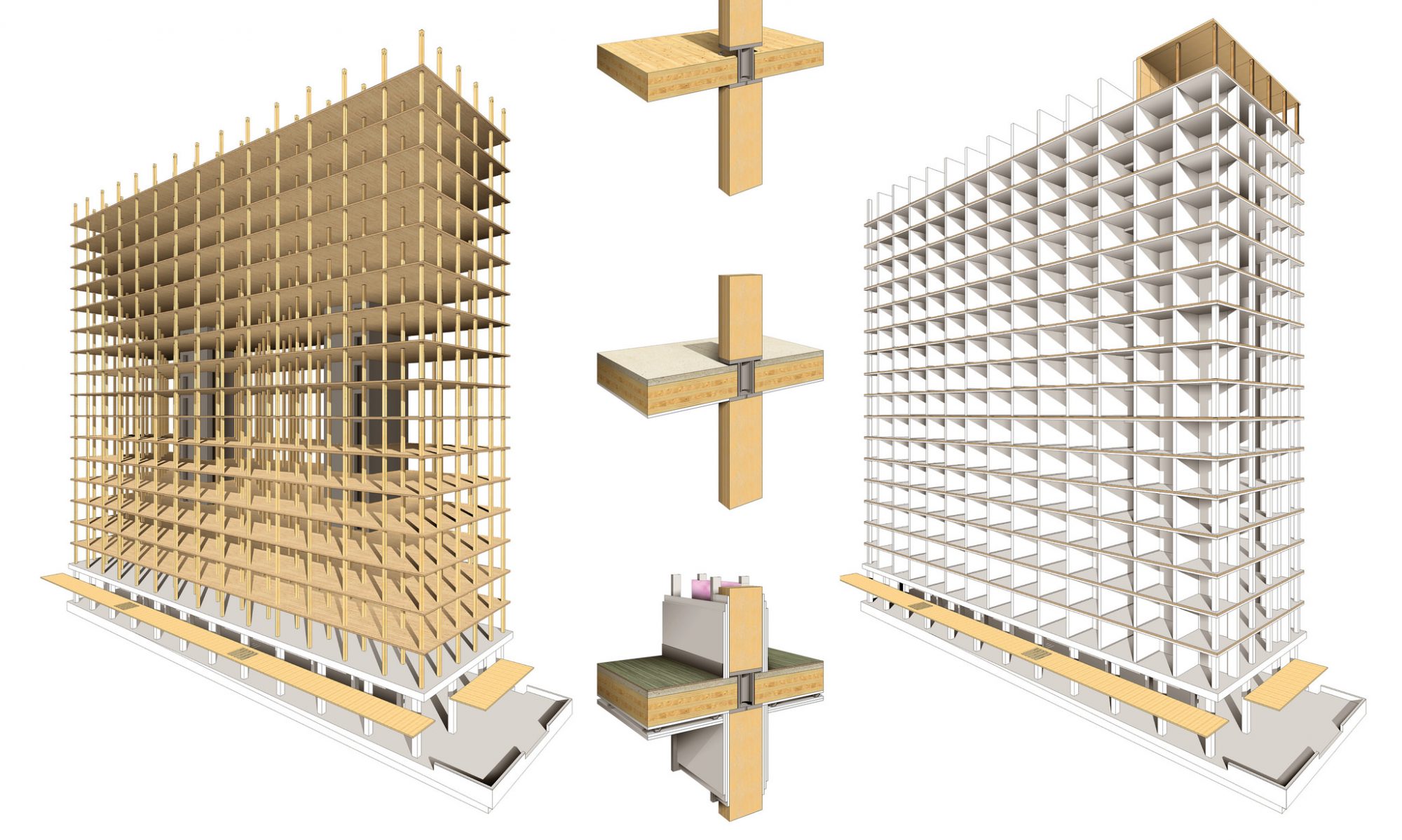This week, one of the examples that was provided in the reading was regarding acoustics. While acoustic improvements may not initially be thought of as relating to sustainability, the field is gaining more traction within the industry. It is important to recognize that sustainability relates to the quality of an environment and its impact on human health. A healthy and enjoyable working environment, complete with appropriate acoustics, can reduce sick days, help prevent burn out, and lead to a happier more productive work force.
The Green Building Council has recognized the importance of this relationship and has implemented a pilot project whereby LEED credits are awarded for “sound” acoustic design 🙂
The promotional video below by MACH acoustics discusses a variety of strategies to mitigate noise ingress while maintaining a comfortable ventilated environment. These are listed below along with a brief description.
- Mechanical Ventilation – Not ideal. These use substantial energy to operate and can be loud themselves.
- Thermal Mass Storage – A good system in that it’s passive, but if rooms overheat the need for ventilation still exists.
- Cross Ventilation – Reduces the need for lots of open windows, but increases the sound transfer between rooms.
- Cross Talk Attenuators – Allow for cross ventilation, but block much of the associated sound transfer.
- Modified Window Design – This can reduce the ingress of noise while still allowing for natural ventilation.
- Attenuated Facades – Ideal for particularly noisy environments where ventilation is still necessary.
Don’t worry if you can’t hear anything when you play the video. It’s silent. Your personal acoustics are just fine!
Now, in case you thought acoustic design was straightforward, check out the studio where the New York Times recently recorded world renowned chef Massimo Bottura making his favorite childhood dish – Lasagna!


